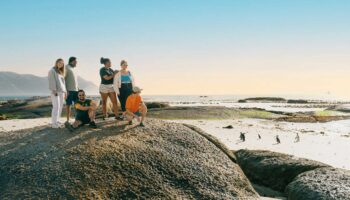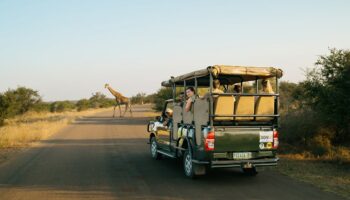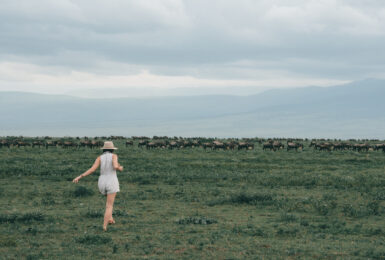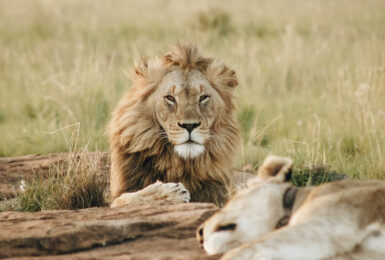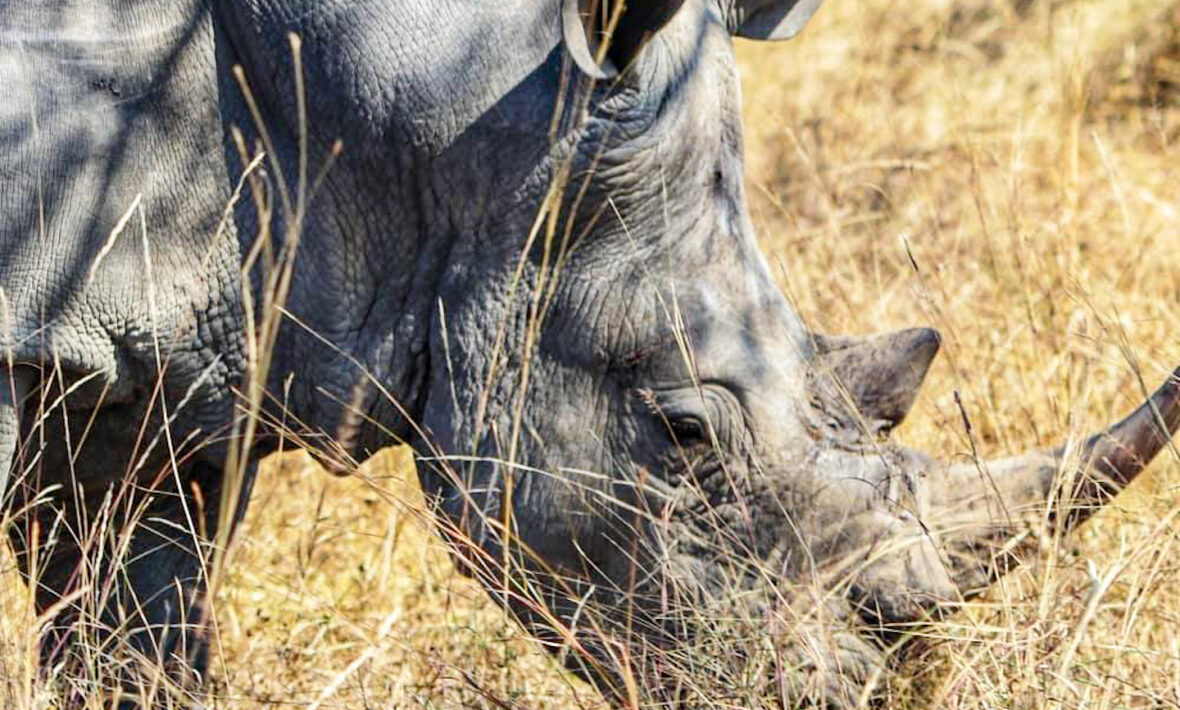
Did you know that on the black market, rhino horn can fetch up to US$60,000 per kg – almost 20 times the annual minimum wage in South Africa? One rhino death can feed a family for years. Today, there are only a few thousand rhino left in the wild and around 1,000 rhino poached every year. This means that rhino protection and conservation is an ongoing challenge for South African game reserves like Kruger National Park and independent anti-poaching projects.
Here, we talk to Zayne Barkas, one of the training leaders at Protrack Anti-Poaching Centre. At the centre travellers can learn about wild animal conversation with a local ranger, walk through a ‘poaching pit’ and help to improve the plight of the rhinos in Africa. We ask Zayne what his anti-poaching work involves and what this means for the future of South Africa’s wildlife population…
Tell us about Protrack APU’s mission
Protrack APU started in 1992 by Vincent Barkas – he began the company with a dream to work and protect wildlife at any cost. This all started with just one bakkie (pick up truck), two weapons and four guys. Vincent had pre-military experience and was a tracker in the army, so the bush was familiar to him. Leigh Barkas, his wife, had seen a poached giraffe in a snare a few months before while visiting and this is what turned her to join Vincent’s mission on a full-time basis.
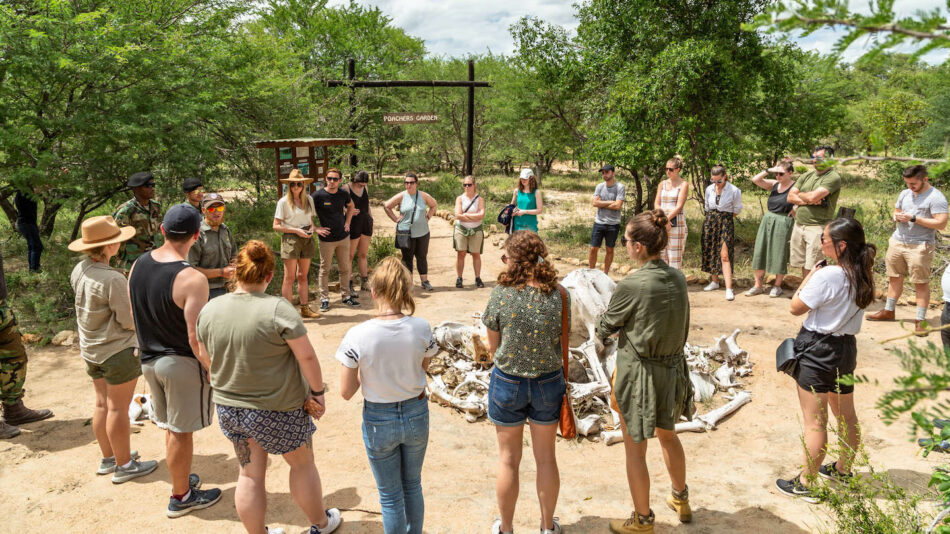
Image source:Protrack APU
Has wildlife poaching reduced or increased in recent years in South Africa?
Poaching in the early days was by far much worse than today, especially for the bushmeat trade. Many communities have been uplifted greatly in South Africa and particularly along reserve boundaries. There are still issues and widespread poverty here, but as communities gain more access to water, electricity and pension funds, we’ve seen a reduction in snare poaching.
People are now more aware of the potential dangers and harm of poaching on reserves, so the protection of the game has strengthened. Reserves have also greatly enhanced their area capacity for game to roam and more are dropping their fences with neighbours. For example, the area of Hoedspruit in the early 90s was riddled with subdivided properties. Today it basically borders the Kruger National Park.
The bigger these reserves get, the harder it is to poach in them – as long as you’re doing conservation patrols. This allows the diversity of wildlife to flourish.
Which are the key species that you’re working to protect in South Africa?
Since the rhino poaching started up again in 2008, all the reserves started gearing up on anti-poaching patrols with heavily armed rangers. However, this didn’t stop the rhino poachers and we still face the threat of losing the rhino as a species, despite a recent decline due to political reasons and the effects of Covid-19.
An item that we’re seeing being bought and sold more and more are porcupine curls. We urge tourists not to buy these items as they’ll assist in creating the demand and supply here.
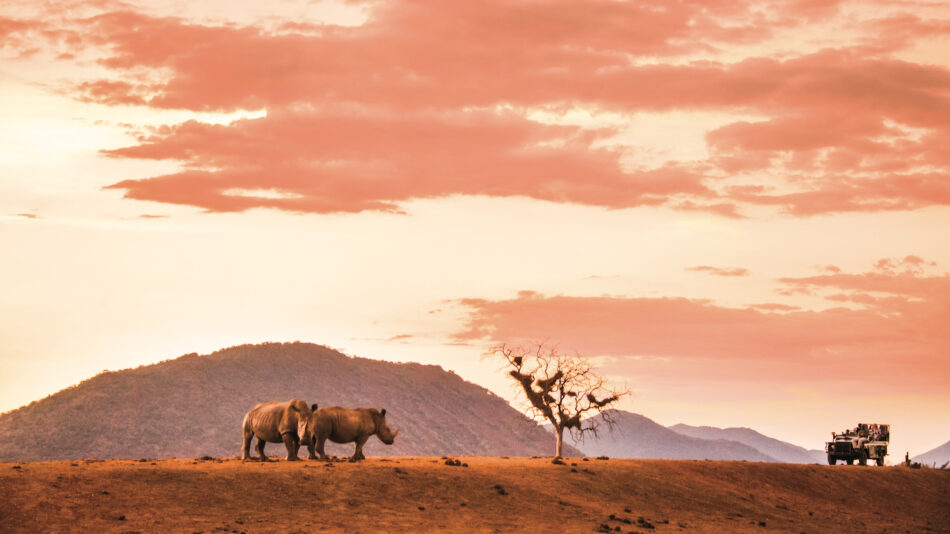
Image source:Contiki
What are the main weapons that poachers use?
Wire snares, dogs, poison and machine weapons are the main methods of poaching.
What is the role of the rangers at Protrack?
These guys are the foot soldiers. They do the ground work and live and sleep in the bush with the Big Five. Their patrols are between 16-21 days long, and they must be self-sufficient with all food and water resources when deployed.
As a ranger, you’ll cover at least 12-20km a day in weather that can be from 30-45 degrees. Each and every staff member has completed the six-week anti-poaching training course.
Anti-Poaching Members have to physically catch poachers as it is against the law to shoot and kill a person if your life is not in danger.
In what ways do travellers support local wildlife simply by visiting?
We can see from Covid-19 how important tourism is to South Africa. They say tourism employs 1-7 people. Job availability in this sector will obviously help to remove poachers from the bush and into a more comfortable working environment.
Many of these natural places that tourists visit are home to poor communities, who depend on work generated by tourism. If we had no tourists coming to visit and spot the wildlife, then no one would look after the animals and reserves.
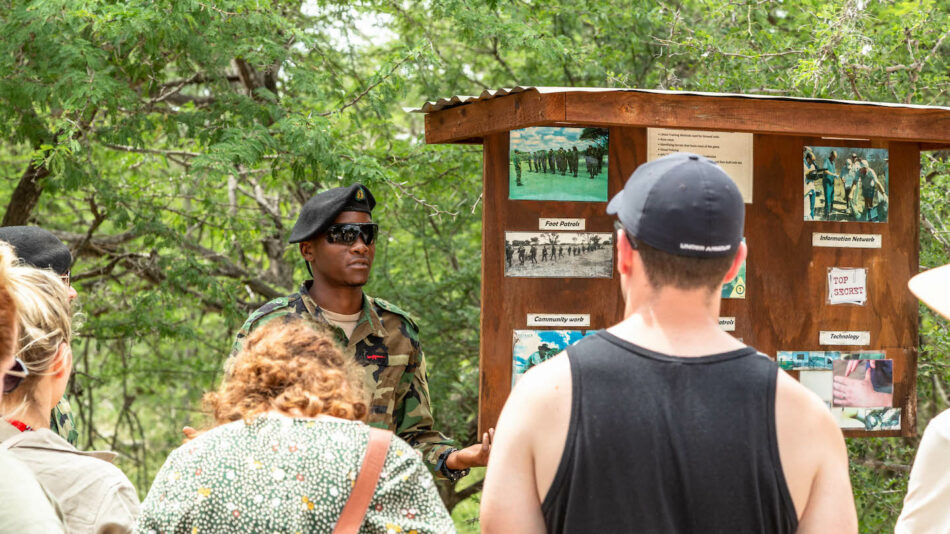
Image source:Protrack APU
What are the steps we need to take to protect more wildlife in South Africa?
We need communities to use land wisely and open areas up to create bigger areas without borders – space is key to a healthy ecosystem. We also need stricter criminal measures against bushmeat poaching as we ascend out of poverty.
We must protect man and animal as one and cannot put the one before the other. The government plays a tremendous role in all of this. We do have amazing community projects across South Africa, but we need more.
What’s the future for Protrack? Are you hopeful about the future?
We are continuously adapting and learning every day. We stay open-minded and sometimes have to go against what we previously believed. We try to combat poaching in new ways that can be more effective and inclusive. I’m very hopeful, as I see this issue has become a much bigger concern across the years, and statistically we’re seeing a gradual decline in our area.
Interested in helping to protect South Africa’s wildlife and rhino population? Contiki donates funds to the project for every traveller on the Cape, Safari & Falls and Southern Africa Safari trips. The money donated so far has gone towards training the rangers and the educational facility where school children (and us) can learn about wildlife poaching and its effects, in the hopes that one day these children don’t become poachers. Learn more about our Contiki Cares projects in Africa here.
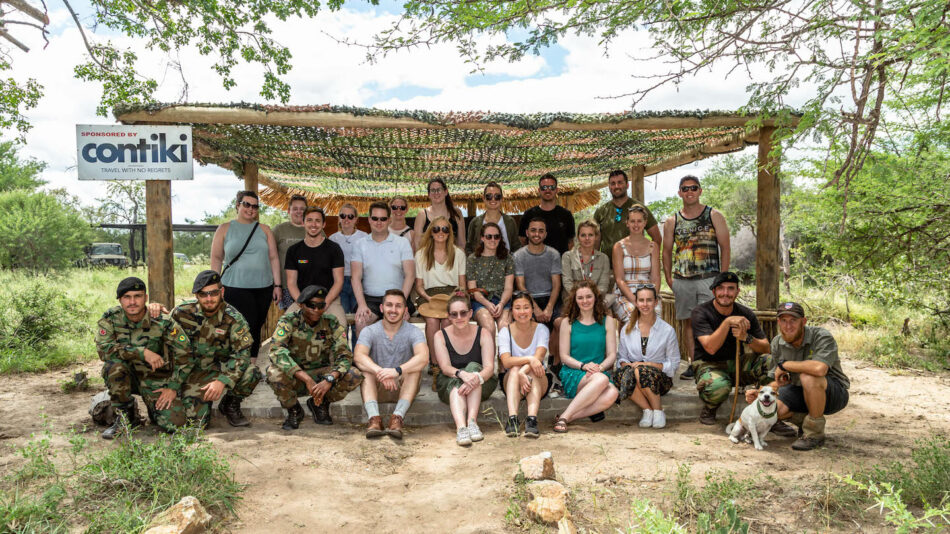
Image source:Protrack APU
